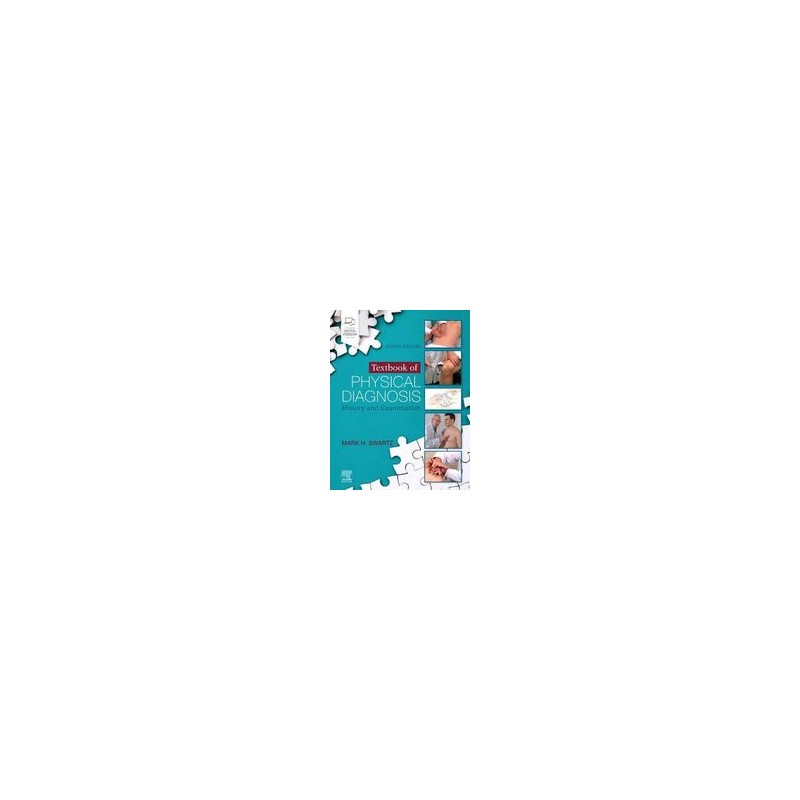- Reduced price

Order to parcel locker

easy pay


 Delivery policy
Delivery policy
Choose Paczkomat Inpost, Orlen Paczka, DHL, DPD or Poczta Polska. Click for more details
 Security policy
Security policy
Pay with a quick bank transfer, payment card or cash on delivery. Click for more details
 Return policy
Return policy
If you are a consumer, you can return the goods within 14 days. Click for more details
Mastering each aspect of the patient interview and physical exam is fundamental to medical education, resulting in more accurate diagnostic skills, more effective patient management, and better patient outcomes! Dr. Swartzs Textbook of Physical Diagnosis is a highly respected reference in this critical area, offering a compassionate, humanistic approach to the art and science of interviewing and physical examination. From cover to cover, youll learn how your interpersonal awareness is just as important in physical diagnosis as your level of skill - and why clinical competence in this area is essential for physicians, nurse practitioners, physician assistants, and all members of the healthcare profession.
Data sheet
